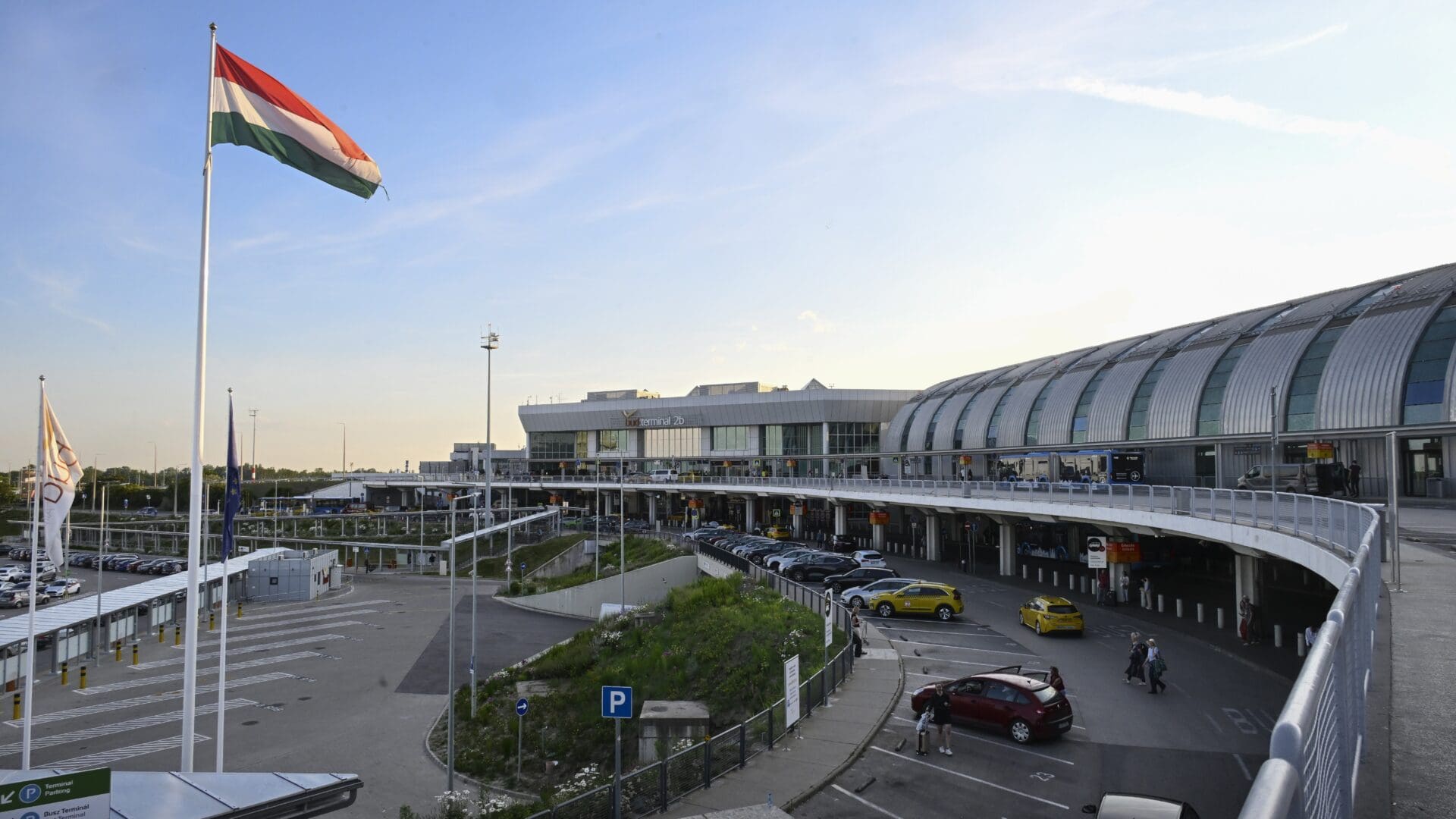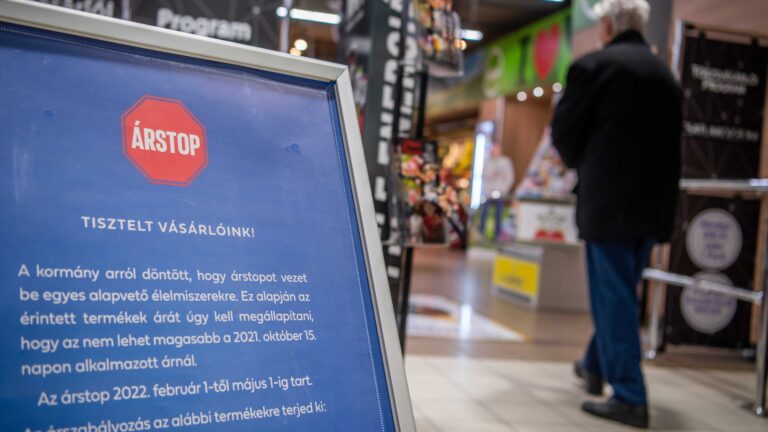HungaroControl, Hungary’s air navigation service provider, expects significant growth in both transit and airport traffic for 2025. According to its latest estimates, overflights may rise by 8–12 per cent, while traffic at Budapest’s Liszt Ferenc International Airport could increase by as much as 15 per cent compared to the previous year.
The first four months of 2025 already hint at a record-breaking summer. Between January and April—traditionally a quieter period—327,125 aircraft were recorded in Hungarian airspace. This represents a 7 per cent increase over the same period in 2024, which had previously held the record.
To prepare for the anticipated summer peak, HungaroControl has implemented a broad set of measures aimed at reducing delays and ensuring the smooth operation of the airspace and Budapest Airport. The majority of traffic remains transit flights, with 270,954 overflights accounting for 83 per cent of total movements. Still, traffic at the capital’s airport continues its steady and substantial rise.
Among the recent technological innovations, HungaroControl has launched the mirTWR, a modular integrated remote tower system. In a world first for an airport of this scale, Budapest’s air traffic can now be managed remotely—enhancing runway efficiency, increasing safety, and mitigating delays caused by weather or ground conditions.
Since April, a dedicated meteorologist from HungaroMet has been assisting air traffic controllers during the busiest daytime hours, particularly valuable during Hungary’s increasingly stormy summer weather. This collaboration allows for better-informed decisions regarding airspace restrictions.
HungaroControl also adopted the upgraded TopSky–ATC system by France’s Thales Group to manage air traffic across Hungary and Kosovo’s upper airspace. The advanced software enhances overall control capability and operational safety.
On the staffing front, the organization continues to expand. Nine new air traffic controllers recently received their licenses, while 13 foreign professionals have joined the team. Additionally, three Hungarian controllers who had been working abroad have returned. To handle peak periods, HungaroControl has introduced a readiness system, and even senior licensed managers now take on directing duties when needed.
The agency reaffirmed its commitment to ensuring that increasing traffic volumes do not come at the expense of safety, efficiency, or passenger experience—especially as Hungary prepares for its busiest aviation season yet.
Related articles:







